Affiliate links on Android Authority may earn us a commission. Learn more.
Does cell phone radiation increase cancer risk? Here's everything we know
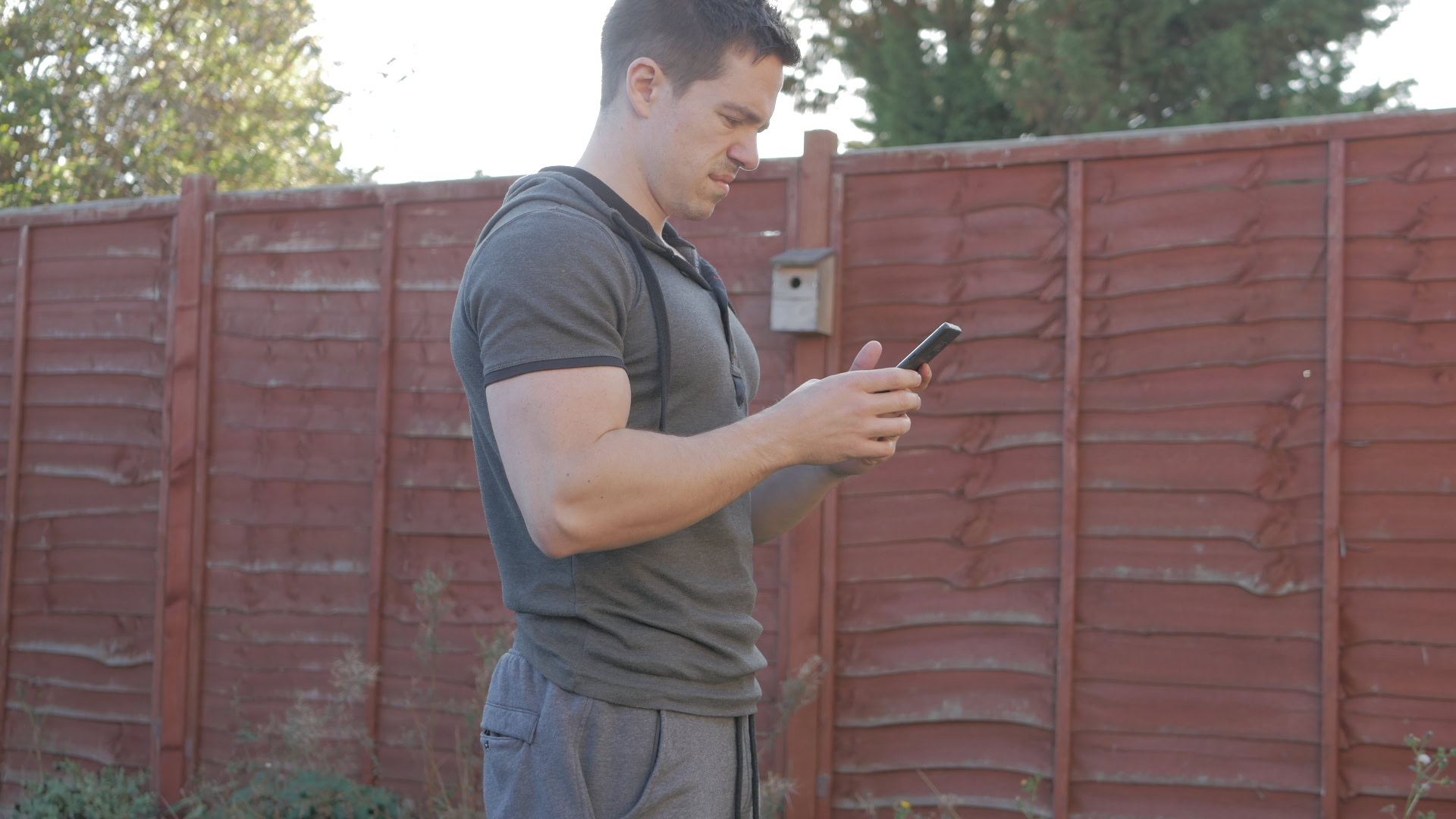
You hear a lot about “digital wellbeing” at the moment. Many of us are (rightfully) concerned about the potential health effects of using a mobile phone for hours on end, every single day. But whereas these concerns are normally focused on the psychological impacts, there is another issue we need to address too: cell phone radiation.
To put it bluntly, some people are concerned that smartphones may be harmful to our health, and potentially even carcinogenic (cancer-causing) due to radiation. Seeing as we keep our phones with us all day and by our heads for long stretches, this is an understandable cause for concern.
Is this just a lot of panic over nothing?
But what’s the truth? Does cell phone radiation really pose a risk to your health? Could your smartphone use make you more prone to cancer? Or is this just a lot of panic over nothing?
Also read: Give Google’s six new digital wellbeing apps a try, for science
Read on and we’ll take an in-depth look at everything we know on the subject and everything you need to know if you use a smartphone regularly.
Why people are worried about cell phone radiation
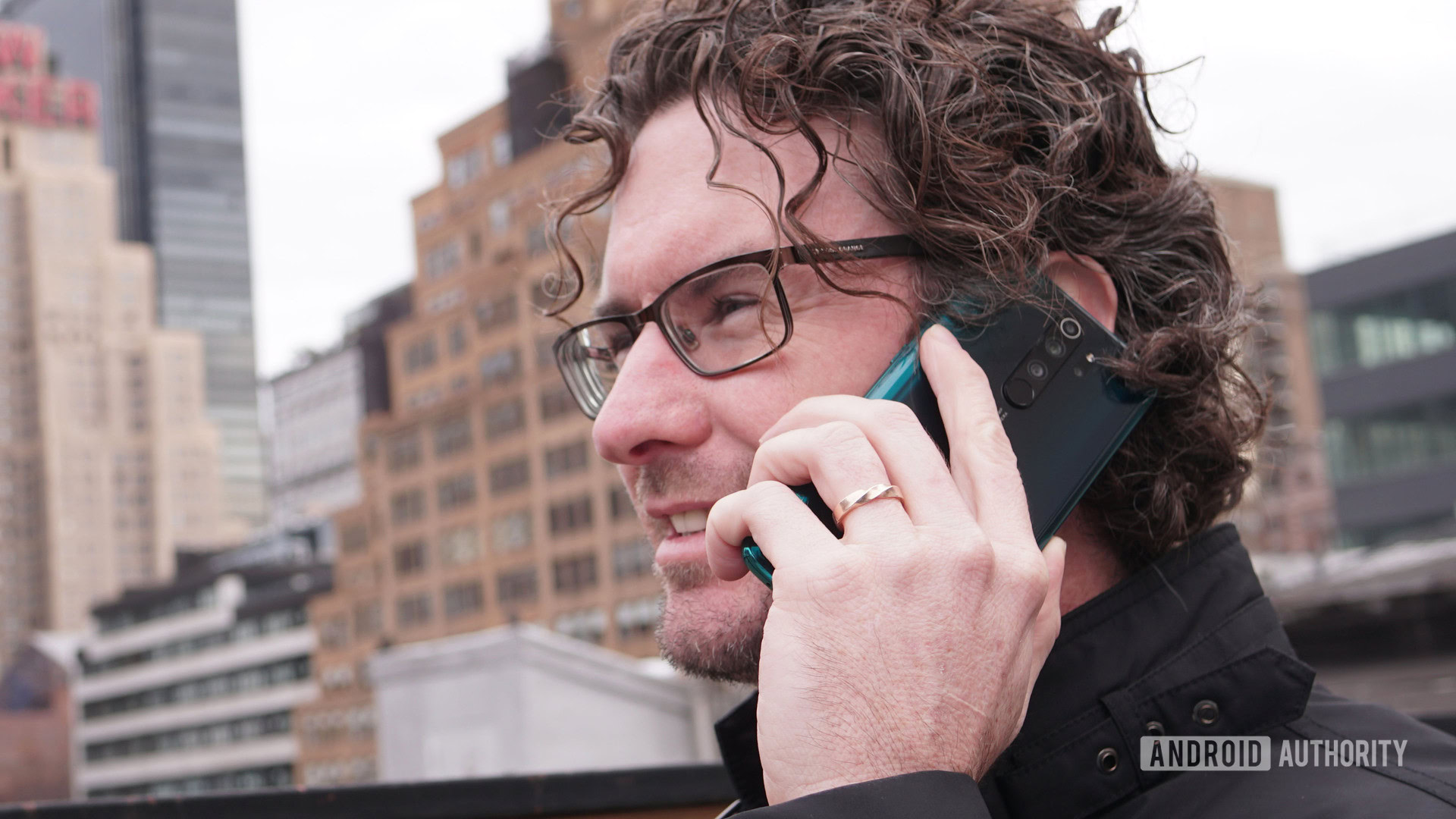
People worry when they hear the word “radiation” due to its association with other terms like “cancer” and “poisoning.” Certain forms of radiation are indeed known to damage cells and DNA, and in some cases, this can lead to cancer.
Let’s start with the basics: what is radiation precisely? Radiation is simply the emission of energy particles or waves into the surrounding atmosphere. A common household radiator is so-called because it radiates heat energy. This is a form of radiation, though it’s not harmful (unless you get too close and burn yourself).
Radiation is simply the emission of energy particles or waves into the surrounding atmosphere.
When we talk about radiation in the context of mobile phones though, we are talking about “electromagnetic radiation” in the form of radio waves. Seeing as the cancer-causing types of radiation such as UV radiation are also electromagnetic, this has some people concerned.
The UV radiation from the sun may cause cancer by penetrating through skin deep into the center of the cells where the DNA is stored. Over time, this can cause damage to the DNA, rendering that cell defective. The problem is that DNA is what the body uses as a blueprint when creating new cells. If the blueprint the body is referring to is faulty, then the new copy of the gene will also carry this faulty code. This carries on and on until enough cells are damaged to result in serious health concerns and detectable tumors.
Cell phone radiation is very different from UV radiation.
But it’s important to realize that cell phone radiation is very different from UV radiation. Whereas UV, x-ray, and other harmful forms of radiation are “ionizing,” the type used by mobile phones and desk lamps is “non-ionizing.” As we will see, this difference is key.
Because of this, most scientists and experts agree there is no cause for concern — it is more similar to the heat from a household radiator than UV rays from the sun.
What exactly is cell phone radiation?
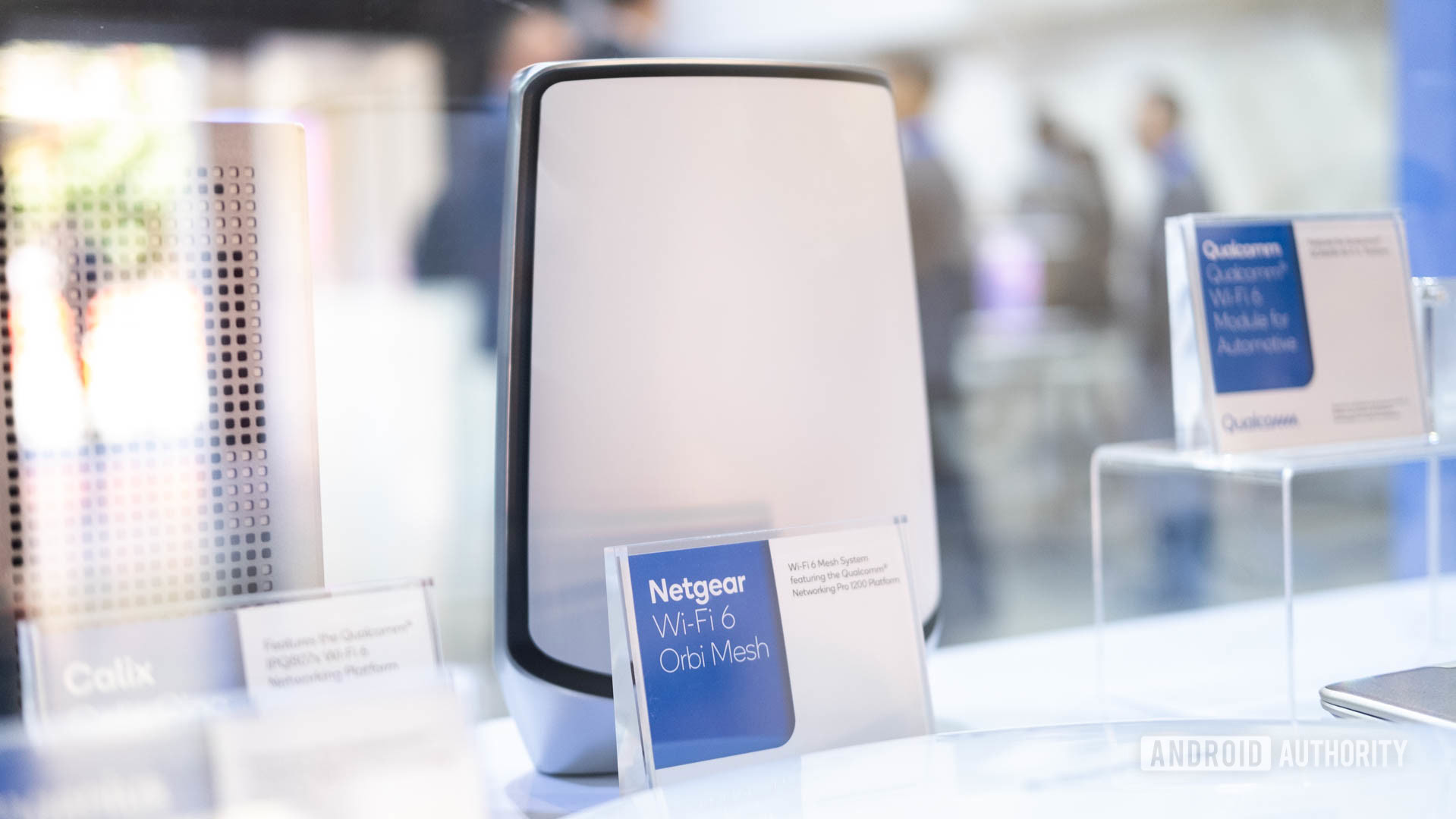
Before we get into more specifics about why cell phone radiation is harmless, let’s have a look at what it really is.
As mentioned, cell phone radiation is a form of electromagnetic radiation called radiofrequency electromagnetic radiation (RF EMR), or simply radio. Radio is everywhere. Everything from your Wi-Fi connection, to your baby monitor, to your car’s FM tuner relies on radio in one form or another.
Like other forms of electromagnetic radiation, radio waves are caused by small pulses of energy that travel through the atmosphere. These small pulses of energy are emitted and received by the antennas that are buried inside our smartphones or other devices. This is what is referred to as cell phone radiation.
Even light is technically radiation, meaning you are surrounded by radiation 24/7
But if all types of radio are radiation, you might wonder why people are concerned about cell phone radiation specifically. The simple answer is that most people don’t realize that something as common as visible light is also technically radiation. In a very real sense, this means that radiation is coming at you in some form or another from every direction 24/7.
That said, it’s worth pointing out that we keep cell phones extremely close to our bodies, and especially close to our heads. And this is something relatively new, making it prudent to be extra critical.
How is cell phone radiation different?
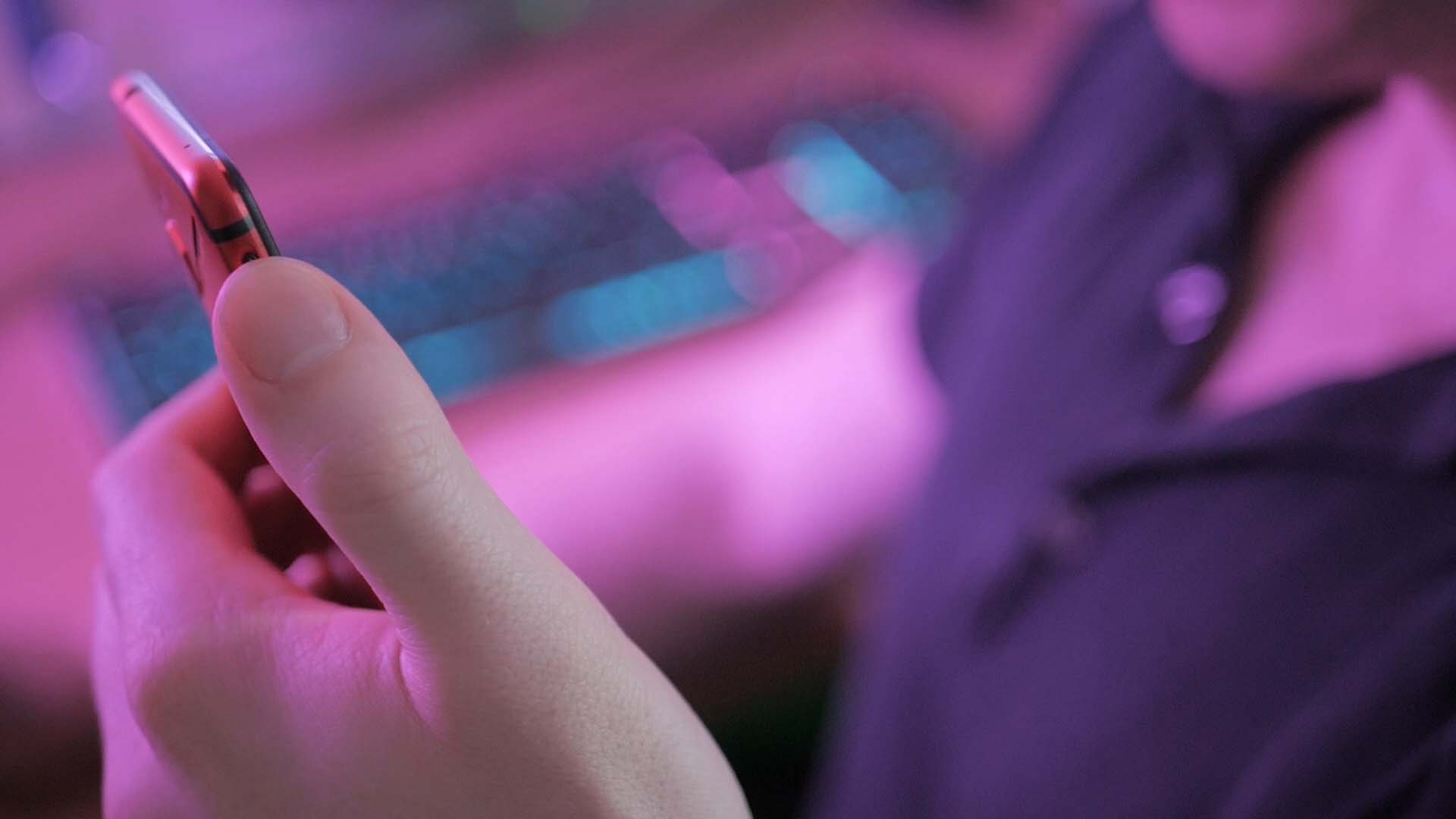
While the notion of radiation in your pocket might be unsettling, most experts agree that the specific type of electromagnetic radiation created by cell phones is safe. That’s all due to the frequency: the speed at which the waves oscillate, measured in hertz (Hz).
When you use a hand-held FM radio, this will broadcast messages with a frequency of around 150 to 900MHz. AM radio uses a much lower frequency (around 2MHz) that is actually able to bounce around the atmosphere of the Earth and that way travel much further. These are slow waves, which are less able to penetrate through solid objects.
Extremely high frequencies, on the other hand, have the advantage of being able to penetrate solid objects. X-rays, for example, can pass through skin, but not bone. Hence their use by doctors and surgeons. X-rays use a frequency of 30 petahertz, to 30 exahertz. 1PHz is equivalent to one quadrillion hertz, so the difference here is significant.
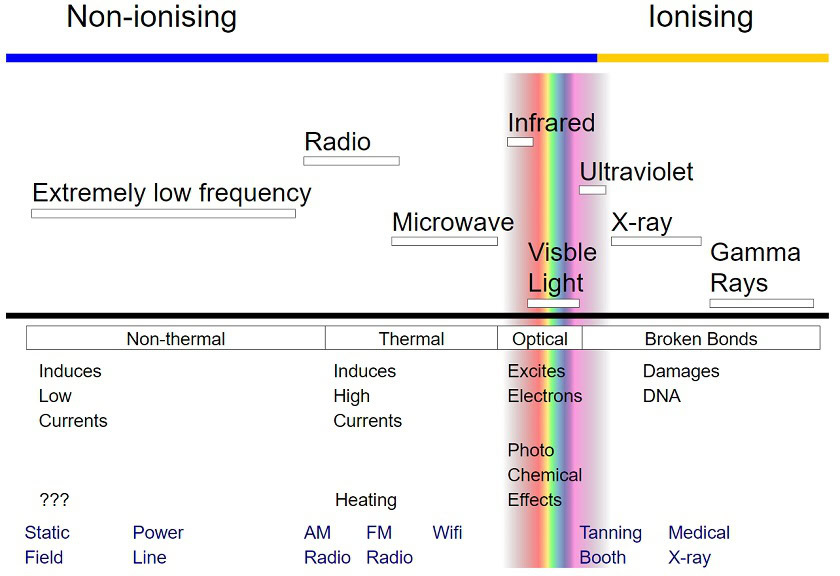
So, where do mobile phones come in? Phones that use the GSM standard will use bands somewhere between 900 and 1,900MHz. A 4G data connection meanwhile, uses a higher frequency: around 1-2GHz. 5G uses up to 18-24GHz. 5G will also switch to lower frequencies (including 4G and lo-band) as the situation calls for it.
Also read: 5G is not going to microwave your brain: All the myths, debunked
This means that cell phone radiation is still a long way off of the cancer-causing type of radiation. Ultraviolet light has a frequency of 800THz, which is several orders of magnitude higher than your mobile phone. Moreover, even harmless visible light has a frequency of 480THz (red) to 680THz (violet).
The reason that ultraviolet light and x-rays can increase cancer risk over prolonged exposure is that the extremely high frequency of these waves makes them capable of passing through skin and altering the structure of the DNA in the cells. Lower frequencies simply can’t do this, which is why radios, lamps, and cell phones are no cause for concern.
What do the studies say?

Unfortunately, the very nature of cell phone radiation means that this is an incredibly tricky topic to study. Because cancer risk can only be measured long-term, studies assessing it must necessarily be longitudinal and observational. This means they’re looking for effects over a long duration of time. There are also a huge number of other factors that can’t be controlled but may have an impact on the results.
Also read: How your smartphone is changing your brain
For these reasons, it should perhaps come as no surprise to learn that the 2011 review of all data conducted by the International Agency for Research on Cancer (IARC) found “no clear conclusion.” The organization also described radiofrequency electromagnetic fields as “possibly carcinogenic.” This alarming-sounding choice of language actually just means that there’s currently insufficient evidence to suggest a link, but it also cannot be completely ruled out.
To be more specific, this puts cell phone radiation in the category of “Class 2B carcinogens”. Other things in this category include pickles, aloe vera leaf extract, and being a firefighter.
The largest study which looked at in this review (looking at 420,000 users) did not find any connection between mobile use and cancer risk. Researchers can’t definitively rule out a connection, but all signs point to cell phone usage being perfectly safe.
Cell phone radiation is classified as having the same cancer-causing potential as pickles or aloe vera extract.
A more recent 2016 study from the US National Toxicology Program (NTP) looked at the effects non-ionizing radiation had on rats and mice. This two-year study did result in several rats developing tumors, but the doses of radiation used were two to four times the legal limit in humans. What’s more, the test groups being exposed to the radiation actually had higher survival rates than the control groups that were not subjected to it.
If you’re still not convinced, you can read about more studies and expert opinions over at Robert Triggs’ excellent post on the health implications of 5G. Suffice to say though, that the overwhelming consensus at this point is that there is no link between cell phone radiation and cancer.